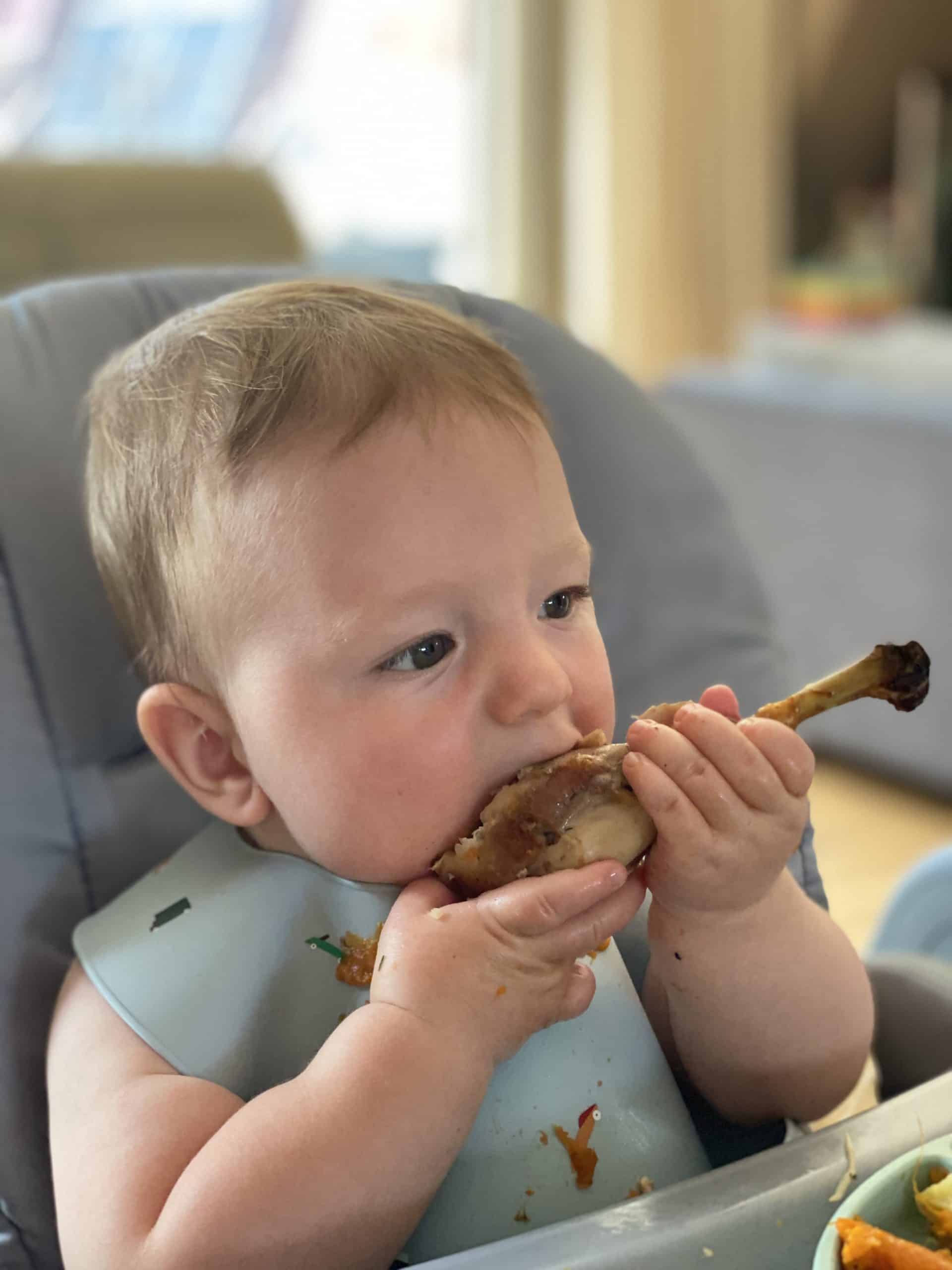The Advantages and Disadvantages of Baby-Led Weaning
Baby-led weaning (BLW) is an approach to introducing solid foods to infants that emphasizes allowing babies to feed themselves rather than being spoon-fed purees. This method has gained popularity among parents for its perceived benefits, but it also comes with potential drawbacks. In this article, we will explore both the advantages and disadvantages of baby-led weaning to help you determine if it is the right choice for your family.
Advantages of Baby-Led Weaning
1. Encourages Self-Feeding Skills
One of the most significant advantages of BLW is that it fosters independence in babies. By allowing them to handle food on their own, babies develop fine motor skills, hand-eye coordination, and the ability to gauge their hunger cues more effectively. This self-feeding practice can help them become more confident eaters and develop better eating habits.
2. Promotes Healthy Eating Habits
BLW often leads to a greater variety of foods being introduced earlier in a baby’s diet. Since babies are exposed to the same foods as the rest of the family, they may be more inclined to enjoy a wider range of flavors and textures. This exposure can help reduce picky eating tendencies and promote healthier eating patterns as they grow.
3. Reduces the Risk of Overeating
By allowing babies to self-regulate their food intake, BLW can help prevent overeating. Babies learn to listen to their own hunger and fullness cues, which may reduce the likelihood of them consuming excess calories. This intuitive approach to eating can lay the foundation for a healthier relationship with food.
4. Saves Time and Effort
For busy parents, BLW can be a time-saver. Instead of preparing separate purees and spoon-feeding, parents can offer the same foods they eat, simply cut into appropriate sizes and textures. This approach minimizes meal prep time and reduces the need for extra kitchen gadgets and utensils.
5. Encourages Family Mealtime
Baby-led weaning often involves sitting together at the table and eating the same meals, which can foster family bonding. Babies are more likely to mimic the eating behaviors of their parents and siblings, making mealtime a shared experience rather than a solitary one.
Disadvantages of Baby-Led Weaning
1. Risk of Choking
One of the most commonly cited concerns about BLW is the risk of choking. Since babies are given whole pieces of food, there is a potential for them to choke if they do not manage to chew or swallow properly. To mitigate this risk, parents need to be well-informed about safe food preparation and choking prevention strategies. It’s crucial to offer foods that are soft, easy to grasp, and cut into manageable sizes.
2. Potential for Inadequate Nutrient Intake
BLW requires careful planning to ensure that babies receive all the necessary nutrients for their growth and development. Unlike purees, which can be tailored to specific nutrient needs, BLW relies on the assumption that babies will naturally consume a balanced diet. Parents need to be vigilant about including a variety of foods that provide essential vitamins, minerals, and protein.
3. Mess and Clean-Up
Self-feeding can be messy. Babies might drop food, spill drinks, or smear food around their high chair and the surrounding area. While this messiness is part of the learning process, it can be a challenge for parents who prefer a tidier mealtime experience. It may require more frequent cleaning and additional patience.
4. Not Suitable for All Babies
BLW might not be suitable for every baby. Some infants may have difficulty with self-feeding due to developmental delays or health conditions. In such cases, a more traditional approach to introducing solids may be necessary. Consulting with a pediatrician or feeding specialist can help determine the best approach based on the baby’s individual needs.
5. Parental Stress and Pressure
The success of BLW can sometimes place undue pressure on parents. Ensuring that babies are eating enough and getting the right nutrients can be stressful, especially if there are concerns about choking or if the baby seems disinterested in certain foods. Parents need to be prepared for a learning curve and understand that it is normal for babies to experiment with food at their own pace.
Conclusion
Baby-led weaning offers several compelling advantages, including promoting self-feeding skills, encouraging healthy eating habits, and saving time. However, it also comes with its challenges, such as the risk of choking, potential nutrient deficiencies, and the messiness of mealtimes. Ultimately, whether BLW is the right approach for your family will depend on your individual circumstances, your baby’s developmental readiness, and your comfort level with the potential risks and rewards.
Parents considering baby-led weaning should weigh these factors carefully and seek advice from healthcare professionals to ensure they make an informed decision. As with any feeding method, the goal is to support your baby’s growth and development while fostering a positive and enjoyable mealtime experience.

